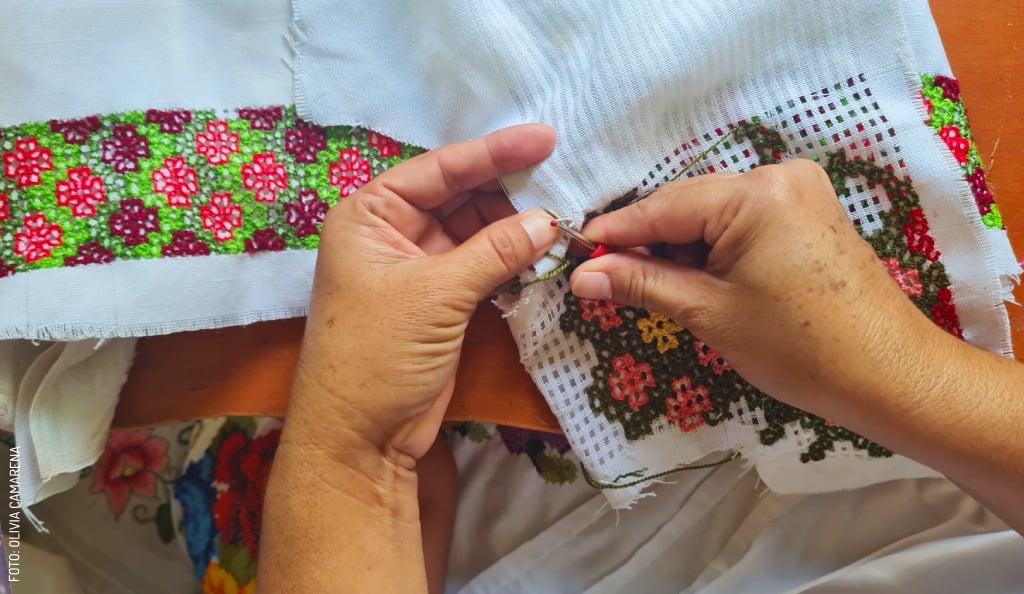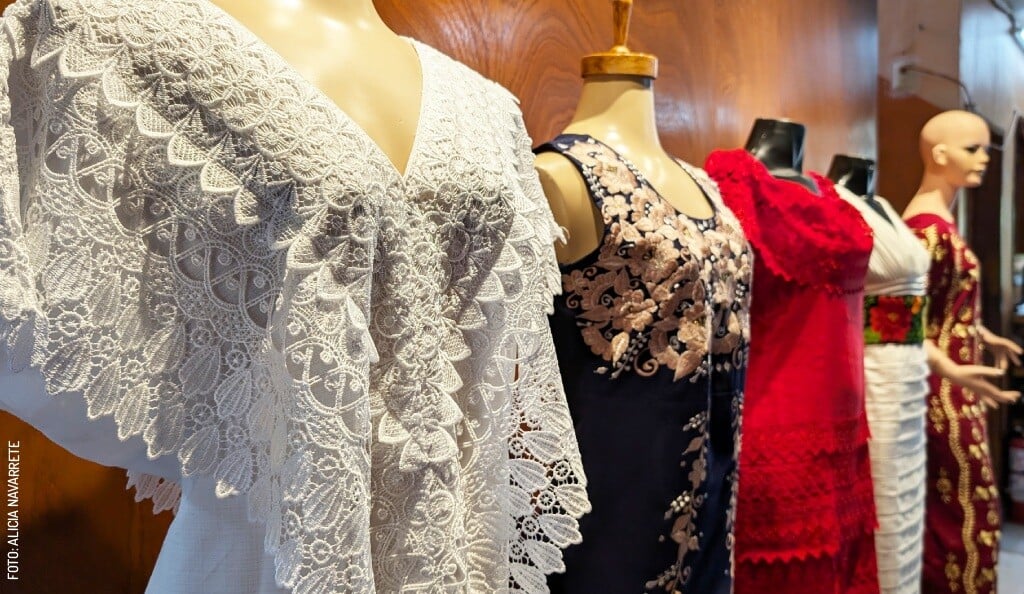
Yucatán’s most iconic handcrafts: artisan towns
Some Artisan Villages of Yucatán, Yucatán’s most iconic handcrafts: artisan towns
Yucatecos take pride not only in their people and traditions but also in the quality of their products and crafts. Every Yucateco knows where the finest hammocks are made, where the tastiest oranges come from, and where to go to buy shoes. Here, we’ll take you on a tour of some of Yucatán's artisan villages and their main crafts, so you, too, will know where to find what you’re looking for. Join us!
Chemax
With a tradition focused on wood carving, musical instruments, decorative objects and furniture are made there.
Chumayel
Anyone who has rested in a hammock knows that it is an essential element in Yucatecan homes. In this town you will find cotton, nylon, decorated hammocks, as well as saddle type and accessories.
Dzityá: Art in stone and wood
%20(2).jpg)
Every year, at the end of July, the Mérida community of Dzityá hosts one of the largest artisan fairs in Yucatán, and with good reason. Dzityá, located just minutes north of the city, has long been renowned as the birthplace of great sculptors who work with various types of stone and wood, crafting everything from artistic pieces to delicate everyday items.
The Tunich Craft Fair usually takes place during the last week of July each year. While it’s a great showcase for different types of handcrafts, don’t worry if you won’t be here during that time. The artisans of Dzityá work year-round, and at any time you visit, you’ll be able to explore countless workshops displaying the creations of these talented craftspeople. Whether you’re looking for a ready-made piece to take home or have a special order in mind, Dzityá is an excellent option to see what Yucatecan hands are capable of creating.
Want to know more about Dzityá? We have an article dedicated to the crafts produced in this community: Stone and Wood, the Treasures of Dzityá. —A.N.
Halachó: Where prized palm handcrafts are weaved within caves
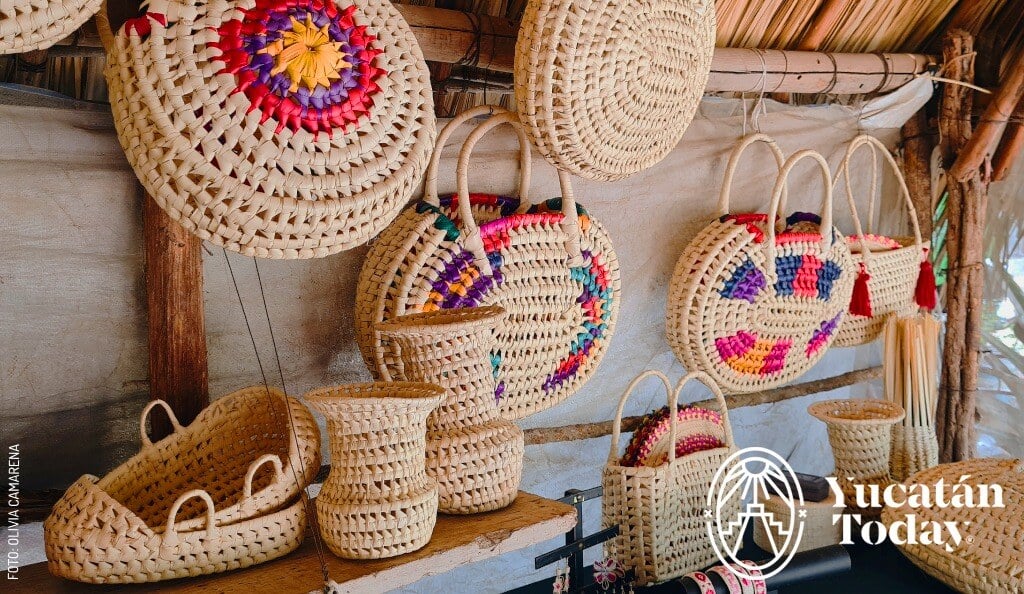
Inside the rocky womb of a damp cave that acts as a sanctuary from the blistering heat above, a grandmother demonstrates impressive finger dexterity to rapidly weave a distinguished jipijapa sombrero made from dried palm leaves. On completion, Doña Juanita admires the finished product that will become the centerpiece of her shop in the nearby market. She starts towards the surface, balancing daintily on a rickety wooden ladder, eagerly anticipating her first customer. She is one of the many locals from Halachó who consider handcrafting their life’s work while keeping an age-old tradition alive in Yucatán.
Yet the cherished sombrero is not the only product Doña Juanita specializes in, made from the Carludovica palmata (also known as Panamá hat plant or jipijapa). There are colorful jewelry boxes, purses, bracelets, key chains, rosaries, earrings, necklaces, and folding fans, among other items within her small shop.
In 2012, jipijapa hat weaving was included on the UNESCO Intangible Cultural Heritage list, and several Maya communities in Yucatán and Campeche have practiced the jipijapa craft for over 200 years. According to historical records, two brothers, Sixto and Pedro García, introduced the plant to México in the early 1800s from Ecuador, via Panamá, after traveling through Central América. They were said to have planted jipijapas at the Santa Cruz henequén hacienda in Calkiní, Campeche, which was still part of the state of Yucatán during this period.
Halachó is a charismatic town of around ten thousand people on the western edge of Yucatán on the border with the neighboring state of Campeche. It is around 48 miles from the capital city of Merida, and public transport routes can take you to the town in roughly one hour and 40 minutes. The cost of a jipijapa hat ranges from around $500 to around $5,000 pesos. Smaller items like folding fans or bracelets can cost around $50 to $100 pesos, while jewelry boxes and necklaces could be more expensive. However, you can rest assured that prices would be much (much) heftier if purchased abroad! —M.V.
Hunucmá
Headquarters of the production of leather footwear from the Peninsula, especially men's. You also find belts, bags and items for men, as well as shoes for women.
Izamal
You find beautiful necklaces, bracelets, earrings or beautiful rosaries in which cocoyol is combined with henequen thorns. Learn about Don Esteban Workshop.
Kimbilá: The art of embroidery, from thread to design
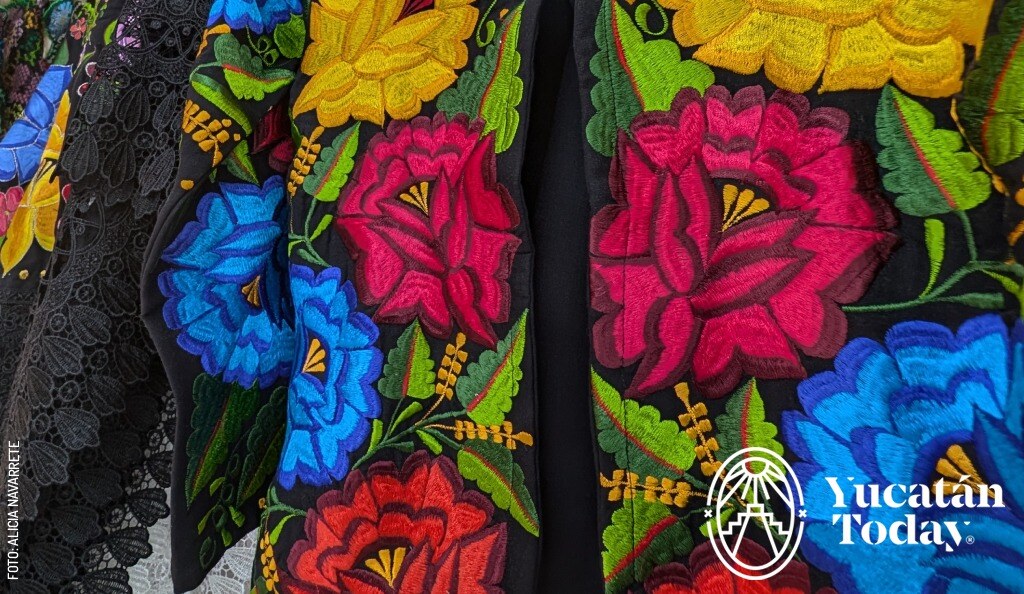
Kimbilá is a community in the municipality of Izamal (about 45 minutes from Mérida) known for its traditional regional garments, filled with colorful and beautiful embroidery crafted by Yucatecan artisans.
In Kimbilá, you'll find shops and stores on every corner where you can buy a wide variety of products. The range is vast, from garments like blouses, guayaberas, dresses, sets, hipiles, and ternos to complementary accessories such as embroidered earrings, hats, or shawls, to name a few. The garments made here are incredibly diverse, using materials such as polyester, cotton, linen, and even rayon, in all sizes, and with techniques ranging from hand-embroidery and pedal machines to computerized embroidery.
Among the main embroidery patterns are flowers, weathervanes, and animals like birds or deer, among other regional figures. You’ll also find a wide variety of innovative designs featuring movie characters, princesses, or superheroes; however, there is always a focus on preserving and maintaining the traditional Yucatecan clothing design. The price of each piece usually depends on its finishing details, in other words, how intricate the embroidery is, the type of fabric, and even the technique used.
An interesting fact is that in Kimbilá, creating embroidered garments is not exclusive to women. Hundreds of families are involved in this craft, teaching their children, regardless of gender, to master this trade, so both men and women participate in the creation process.
It’s also worth noting and admiring the resilience of its residents, who were dedicated to growing henequén before Hurricane Isidoro (2002). The devastation left by the hurricane forced many people to leave this industry behind, adapting and seeking new sources of income. —G.R.
Maní: Famous for its poc chuc, but that’s not all
For many years, most Yucatecos have associated the town of Maní with the best poc chuc (grilled pork fillets) you can eat in the southeast. That hasn’t changed: the poc chuc made in Maní is still legendary, and rightly so.
The melipona bee farms of Maní
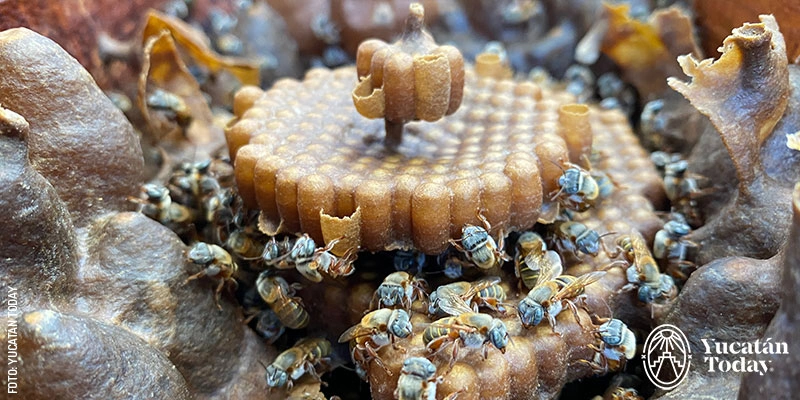 However, the Magical Town of Maní now also stands out for being home to several meliponaries (native stingless bee farms). In case you haven’t heard of melipona bees, they’re a local variety known not only for not stinging but also for the honey they produce, which has a distinctive flavor and aroma and is less viscous.
However, the Magical Town of Maní now also stands out for being home to several meliponaries (native stingless bee farms). In case you haven’t heard of melipona bees, they’re a local variety known not only for not stinging but also for the honey they produce, which has a distinctive flavor and aroma and is less viscous.
Two other notable features of melipona honey are, first, that it’s believed to provide incredible health benefits, from boosting the immune system to alleviating cataracts. Second, melipona bees only produce about a liter (roughly one quart) of honey per year. The combination of these factors makes melipona honey highly coveted, sold in small quantities (50 to 70 ml, or 1 to 2 fl oz), with prices typically around $3,000 pesos per liter.
Maní’s embroidery
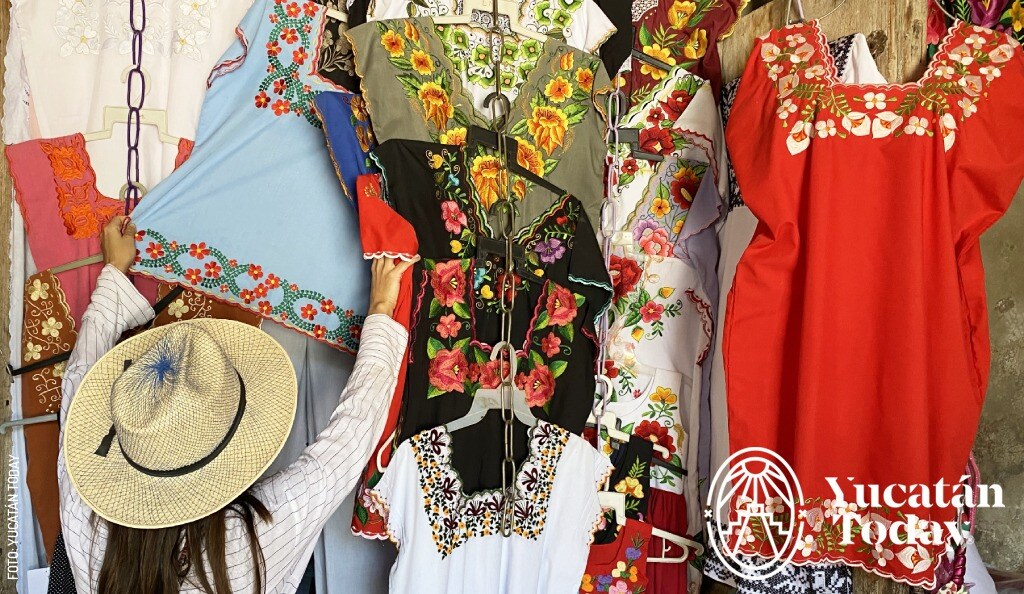 Last but not least, Maní is also known for the quality of its embroidery. We’re not just talking about cross-stitch, though that’s definitely one of their strengths, but also pedal-machine embroidery. Especially for traditional garments (like guayaberas, hipiles, and ternos), Maní is an excellent shopping destination, but you can also find more modern pieces, including dresses, skirts, and regular shirts, to name a few.
Last but not least, Maní is also known for the quality of its embroidery. We’re not just talking about cross-stitch, though that’s definitely one of their strengths, but also pedal-machine embroidery. Especially for traditional garments (like guayaberas, hipiles, and ternos), Maní is an excellent shopping destination, but you can also find more modern pieces, including dresses, skirts, and regular shirts, to name a few.
Discover more about Maní’s attractions and the many activities offered there in our article, Maní, the Place Where Everything Happened. —A.N.
Muna
In this southern area, wood carvings are also made, whether they are figures of animals typical of the area such as birds, toucans and other mammals.
Pisté
You also find carved wooden objects in Mayan figures, masks and more.También encuentras objetos tallados de madera en figuras mayas, mascarones y otros más.
Temozón: Meat and wood
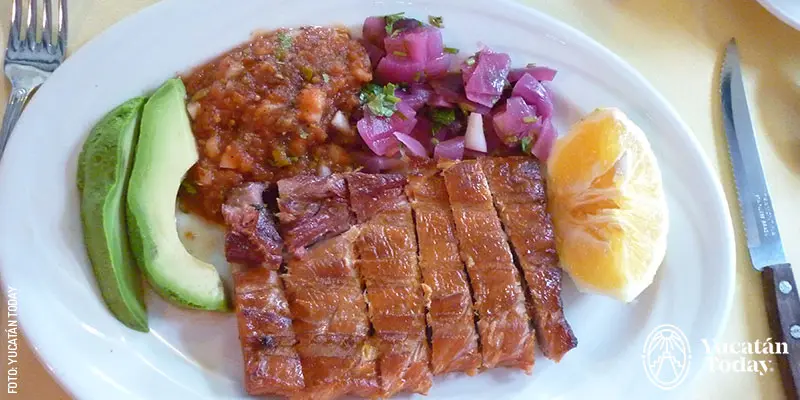
The town of Temozón, located just minutes from Valladolid on the road to Ek Balam and then the coast, is famous for two things related to the abundance of all kinds of wood: its skilled woodworkers and its delicious smoked meat and sausage.
To find a good example of either, all you need to do is enter the town on the highway that runs through it, heading toward Tizimín and the coast.
There, you’ll see many shops displaying furniture that ranges from rocking chairs to small tables and bed frames of all kinds. Each piece is crafted with high quality from precious woods like pucté, pich, and mahogany, likely because these trees grow in the region, which has a more fertile soil compared to the rocky surface of the northern Península where Mérida is located. Tip: You can bring a design or magazine clipping of something you want for your home and have it custom-made to your specifications. You’ll also see signs advertising smoked meat and sausage for sale, and even small restaurants offering tacos made with this specialty.
The best example, and a place worth stopping, is Carnes Ahumadas Concepción, where in addition to the furniture on display, you’ll find a menu offering all the meats they prepare right there. Don’t forget to ask for permission to enter the smoking area—it’s fascinating to see all the meat hanging in the “smokers,” with its delicious aroma and an atmosphere full of smoke. Order the family platter, which has a bit of everything (including local string cheese, known as Oaxaca by some), and whatever you can’t finish, take it home to enjoy with some scrambled eggs for breakfast. —R.H.
Ticul: Art from the earth to the sole
Ticul is a municipality located between Oxkutzcab and Muna, in the area known as Puuc or "Little Hills." Ticul is famous both for fashionable footwear and for the pieces crafted by its talented Yucatecan potters.
Art and comfort in every step in Ticul
From sandals to military-style boots, the footwear made in Ticul (both artisanally and semi-industrial) is known not only for its comfort and affordability but also for its attractive designs and high quality. Ticul offers a wide variety of colors, materials, and sizes, specializing in women's and children's footwear.
Also known as "The Pearl of the South," 70% of the population of Ticul is dedicated to the shoe industry, which has led many homes to be redesigned as shoe stores. 30% of what is produced in its numerous factories is consumed locally, while 70% is sold throughout Yucatán and neighboring states like Campeche and Tabasco.
From the design of the cut, to assembly and mounting, until a complete piece is created, it’s a process of which the shoemakers of Ticul are proud. This has made them the leading creators of footwear in southern México.
From clay and fire in Ticul
Ticul is also, without a doubt, the most important pottery center in our state. Its talented potters transform the earth into art, continuing the techniques passed down from the Maya.
Ticul's Calle 23, known as "the street of crafts," is lined with workshops and stores showcasing pieces made by Yucatecan artisan hands. There is a huge variety and assortment of crafts, from flower pots, piggy banks, wall ornaments, and custom-made souvenirs for events, to replicas of Maya deity sculptures.
The process is entirely handmade. Potters here use white soil known as "saskab," with which they skillfully shape the figures by hand.
Ticul is home to talented and hardworking people who, through their craft, preserve our culture and traditions. Without a doubt, it’s an unmissable destination, and it's almost impossible to leave empty-handed.
Tekit
The star garment of the population is the guayaberas. Here you can buy from the wide variety of designs that exist or order one to measure.
Teabo
The women embroiderers of this town stand out for their laborious dedication to typical garments, especially suits.
Tixkokob: Home of first-class hammock artisans
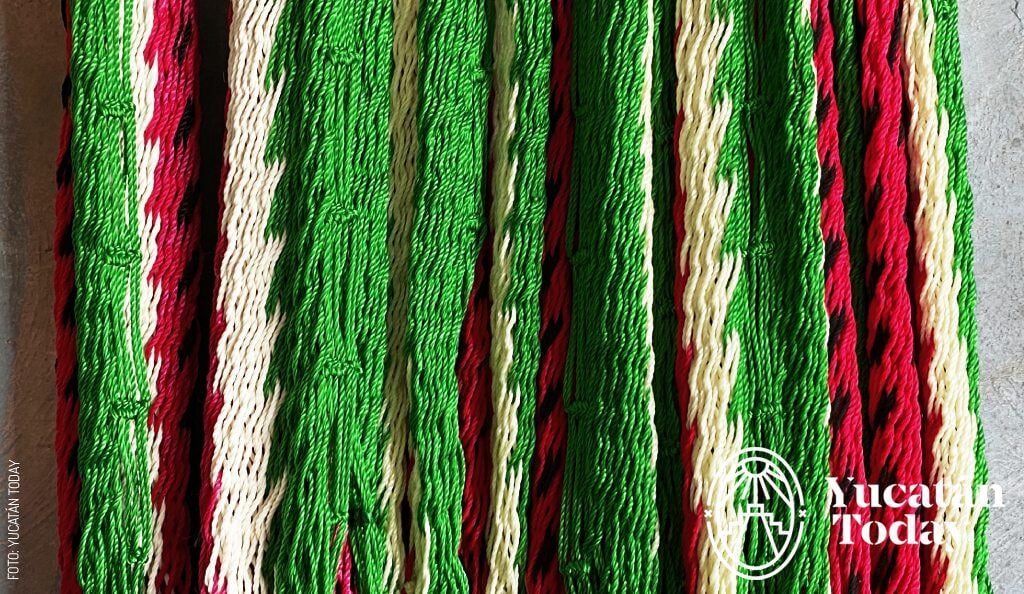
In the corner of a humble artisan workshop, surrounded by an assortment of multicolored textiles, an elderly Maya woman meticulously crisscrosses cotton threads through a wooden stretcher frame, hoping her new masterpiece will attract visitors from far and wide. From the initial stage of selecting the fabric to formulating its design, after almost two weeks, Doña Maribel’s handmade hammock now requires only the final touches. Doña Maribel is part of a group of artisans from the famous town of Tixkokob who produce some of the finest hand-woven hammocks found in Yucatán.
Around a thousand families make their living through this ancient craft, symbolic of the state, and they are immensely proud of their work. Who can blame them? These artisans are the driving force of Tixkokob’s economy because their expertise draws travelers from across the country and beyond to marvel at their wares. It is no wonder Hollywood star Ryan Gosling visited the town in 2012 and was enamored by its charm, even taking a mototaxi around the market area.
The tradition of hammock-making in Tixkokob can be traced back centuries, perhaps even longer, and its legacy has been passed down through generations. Elderly locals are often seen weaving their wares together with their grandchildren inside their workshops across the market district. It is truly a family affair. It is generally accepted that the origins of the hammock began approximately 1,000 years ago in North and Central América by the ancient Maya.
The town of just under 20,000 people falls neatly on one of the Tren Maya stops just 15 miles from Merida, but there is plenty of public transport from the city. A hammock made of nylon string may cost around $600 pesos, while those made from 100% cotton range from $2,500 to $3,000 pesos. But if you’re looking for the highest quality out there, look no further than the pristine hammocks made from henequén threads, which can cost up to $8,000 pesos. Some of these are exported to the United States or as far as Europe, where prices tend to multiply tenfold. With roughly 30 workshops around the center of Tixkokob, locals say they produce thousands of hammocks yearly. Nevertheless, they always sell out, so for those interested in a piece of fine art that doubles up as a comfortable centerpiece, it may be best to place an order sooner rather than later. —M.V.
Xocchel: Handcrafts made from soskil and bejuco
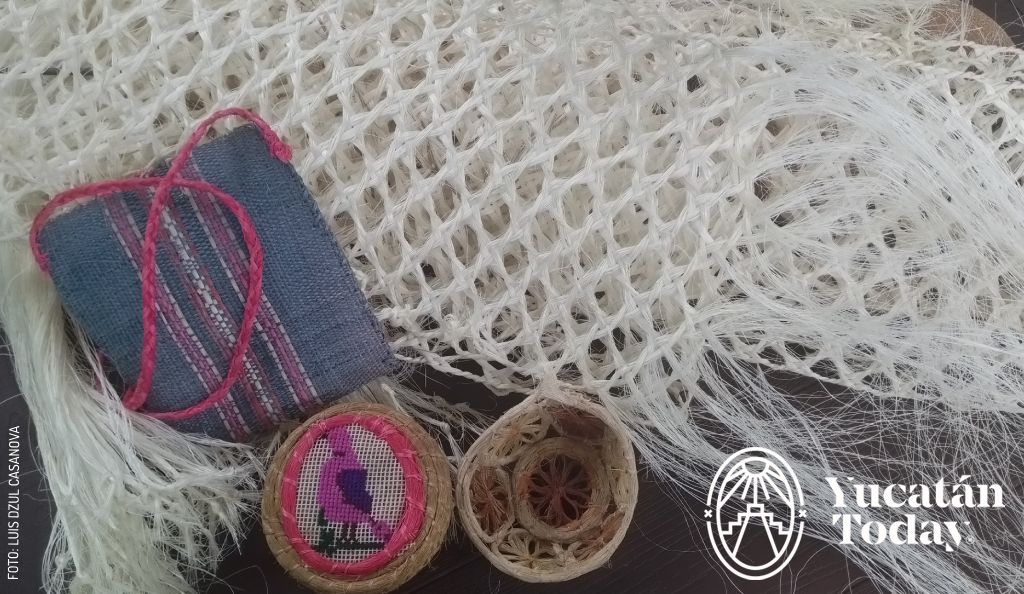
Xocchel is a municipality located in Yucatán's former henequén region, near the Chichén Itzá archaeological site and the cenote ring, 48 km (29 mi) from Mérida and 20 km (12 mi) from Izamal.
Xocchel is known throughout the state for its handcrafts made from soskil (henequén fiber) and bejuco, in addition to its traditional clothing and honey products. To learn more about the production of henequén items, I invite you to visit the workshops of artisan collectives, especially the workshop and store of the renowned Xocchel artisan Doña Celsa Iuit Moo, who has developed several techniques for using henequén fiber. There, you’ll find bags, tortilla holders, jewelry boxes, and many other curiosities. You can also see how the fibers are dyed.
Learn more about what you can discover when you visit Xocchel, east of Mérida heading towards Quintana Roo, in our article “Xocchel: The Place Where Magpies Are Counted.” —L.D.
By Luis Dzul Casanova, Ralf Hollmann, Alicia Navarrete Alonso, Goretty Ramos Calderón, Mark Viales.
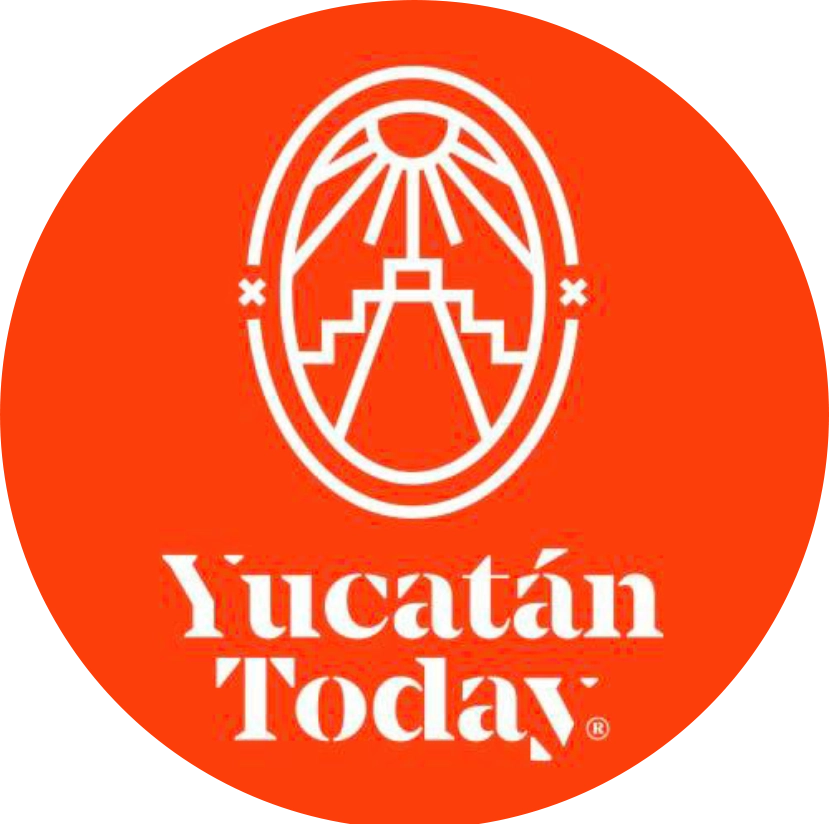
Author: Yucatán Today
Yucatán Today, the traveler's companion, has been covering Yucatán’s destinations, culture, gastronomy, and things to do for 37 years. Available in English and Spanish, it’s been featured in countless travel guides due to the quality of its content.
In love with Yucatán? Get the best of Yucatán Today delivered to your inbox.
Related articles
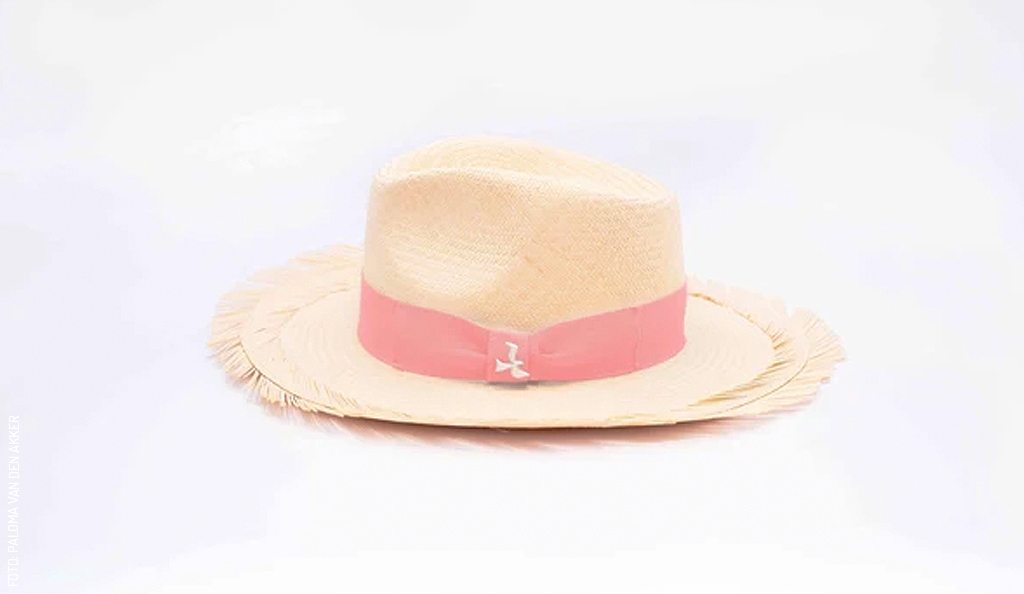
Yucatán's Handcraft, Perfect to Take Home!
Discover the rich handcraft traditions of Yucatán, from intricate filigree jewelry to handwoven hammocks and embroidered garments. Explore where to...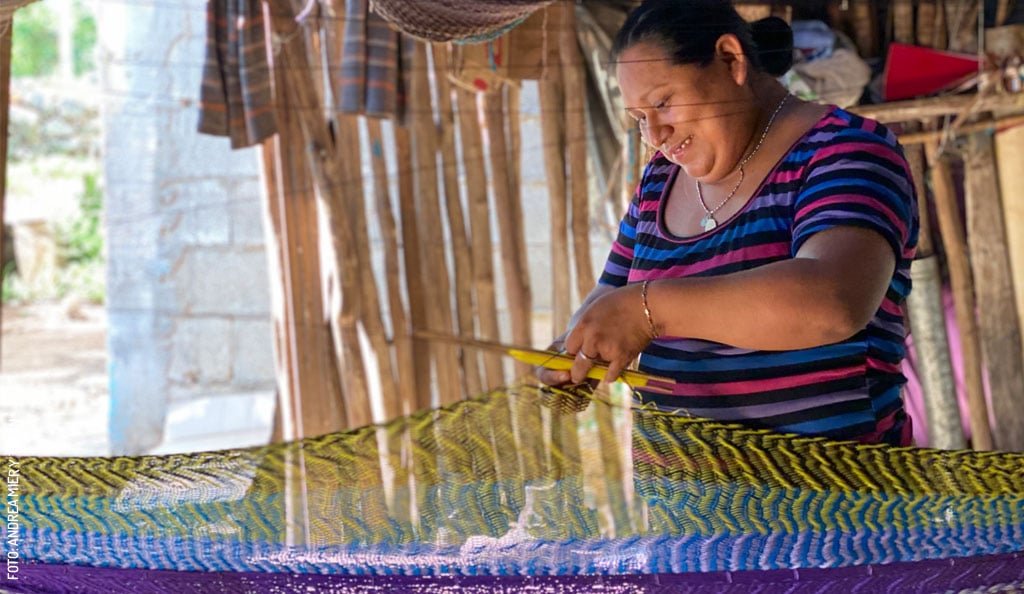
Hammocks: a legacy woven by hand
Yucatan Hammocks: An artisanal legacy woven thread by thread. Discover the art, patience, and skill of weaving Yucatan culture into every hammock.